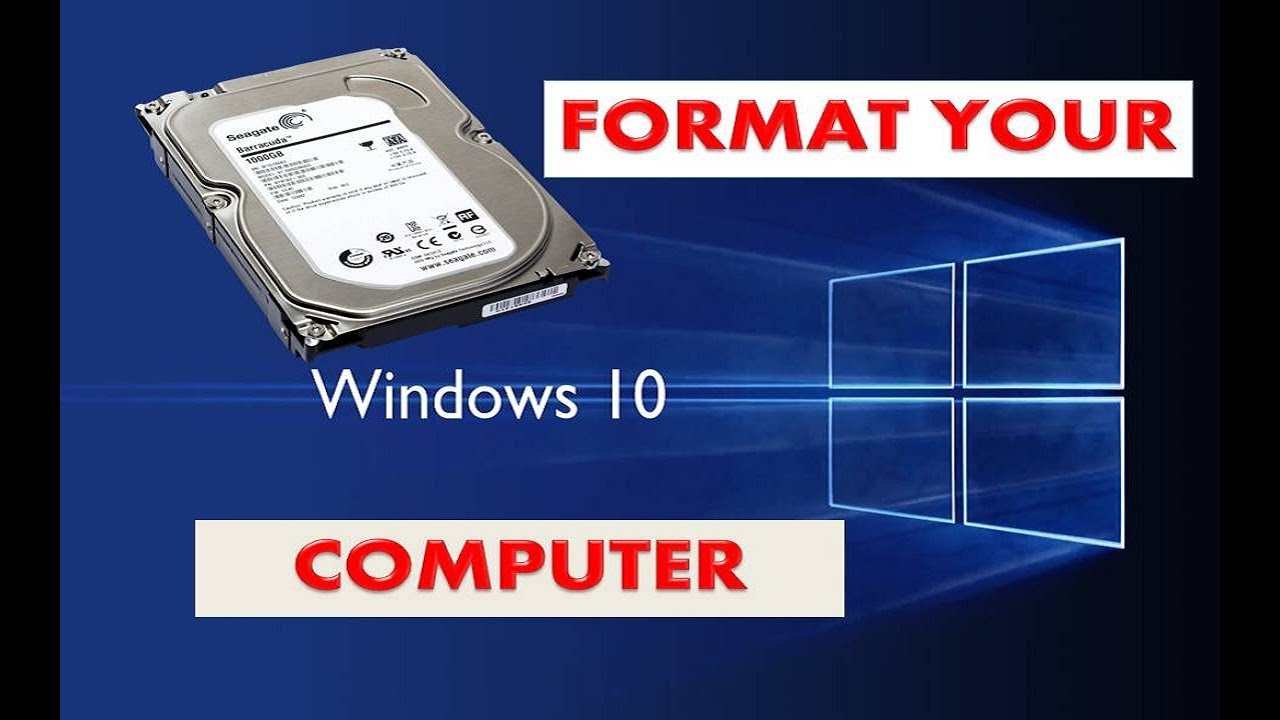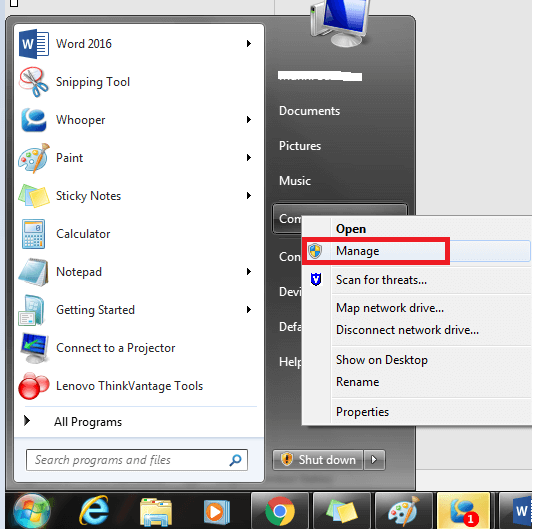
- How to erase and format external hard drive windows how to#
- How to erase and format external hard drive windows mac os x#
- How to erase and format external hard drive windows mac os#
- How to erase and format external hard drive windows pro#
And it’s all ready for you to use.Īnd when you’re ready to pack your drive away be sure to Eject your drive first.Ĭlick on ‘First Aid’ at the top of your pop up window. You’ll see it with the name you’ve given it underneath. Your drive’s icon will show up on your Mac’s desktop. But of course your external hard drive is way bigger. When formatted you can use your drive just as you would a USB stick. You’ve formatted your external disk drive On Your Mac. You can then dismiss the Disk Utility window. And once done your external drive is ready for you to use. Your Mac will take a few minutes to format a hard drive. The red arrows in the picture show you where you can find the format and scheme list of options. Still pick GUID Partition Map for your Mac. Then format again.ĪPFS will come up as an option you can pick the second time round.
How to erase and format external hard drive windows mac os#
Pick Mac OS Extended (Journaled) the first time you format.

Can’t See APFS (Apple File System) As An Option? Or you’ll have all sorts of odd problems using your drive later on your Mac. Your Mac needs the GUID Partition Map scheme. So, don’t use for OS X versions older than that.) 6. (APFS support for Time Machine was only available since Mac OS Big Sur.

Pick ExFAT if you want your drive read and writeable by both Mac and a Windows PC.Īll the above formats allow you to copy and paste from your Mac to your drive.ĭrag and drop any file to your external hard drive.īut only APFS or Mac OS Extended (Journaled) can you use for a backup of your Mac with Time Machine. Because you can’t read an APFS external drive on those older Mac operating system versions.
How to erase and format external hard drive windows mac os x#
But you can format your hard drive as APFS if you want.īut not for a Mac running a Mac OS X version that’s earlier than Sierra. Mac OS X Extended is the file format that’s the most compatible with newer and older Macs. Your drive will have a USB type A cable end. The last thing you want is your Mac running out of power part way through formatting. Particularly if your external hard drive is one powered by its USB cable.
How to erase and format external hard drive windows pro#
Log In And Connect Your External Hard Drive.Ĭharge your MacBook Pro or MacBook Air or connected it to power. Ready for your walk through? Let’s format your drive.
How to erase and format external hard drive windows how to#
Then read my article “ External Hard Drive Compatible with Mac & PC without Reformatting” to find out how to do that. And if they are important files you’ll be seeking the services of a data recovery company to recover data.īut, if you’d prefer not to reformat your drive. Because after formatting those files will be gone. And you want to use that software.Ĭopy those files off first. Or you know that your brand new external hard drive comes with software installed on it. If the drive you want to format has files on it. Or reformatting an external hard disk for your Mac means you’ll lose any files already on the drive.įor instance. How to clone a hard drive as a backup for your Windows computer.What is Google Drive? A guide to navigating Google's file storage service and collaboration tools.What is an SSD? Everything you should know about solid state drives.What is a hard drive? Everything you should know about the computer storage device.You'll see the MacOS Utilities window choose "Disk Utility." Now you can choose to erase your startup drive, and choose "Mac OS Extended (Journaled)" as the operating system. To get around that problem, hold down the Command + R keys when you turn on your Mac and let go when the logo appears. If you want to format your Mac's system drive, you can't do that when the Mac is running normally because the drive is in use by the operating system.

Usually, you'll want ExFAT, which is the default for the MacOS. Select the drive you want to format and then choose “Erase.”Ĥ. At the top of the window, click "Erase."ĥ. In the pop-up window, choose the file system you want to use.


 0 kommentar(er)
0 kommentar(er)
